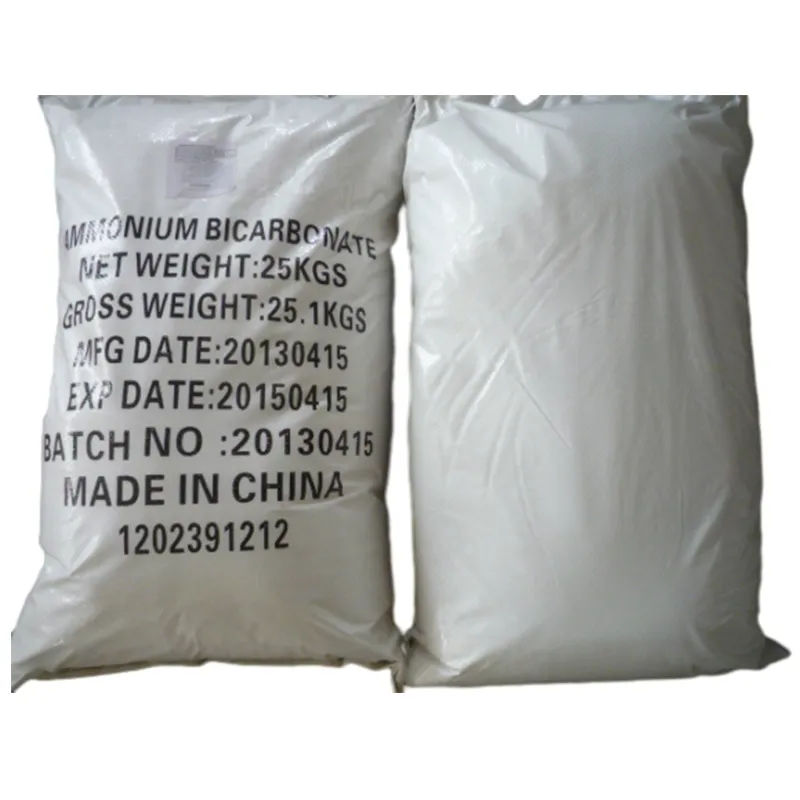
sweetener 950 955
The Role of Sweeteners in Modern Diets A Closer Look at E950 and E955
In recent years, the landscape of food and beverage consumption has shifted dramatically, with an increasing number of consumers seeking alternatives to traditional sugars. The rise in demand for low-calorie and sugar-free products has led to the introduction of various artificial sweeteners into the market, among which E950 (Acesulfame K) and E955 (Sucralose) have gained particular attention. This article explores the characteristics, benefits, and potential concerns associated with these two sweeteners.
Understanding E950 and E955
E950, commonly known as Acesulfame Potassium or Acesulfame K, is a non-caloric sweetener that is approximately 200 times sweeter than sucrose. Its introduction into the market in the late 20th century allowed manufacturers to offer a sweet taste without the associated calories. Acesulfame K is often found in a variety of products, including soft drinks, baked goods, and even chewing gum, primarily due to its stability under heat and its ability to blend well with other sweeteners.
E955, on the other hand, is more widely recognized under the brand name Sucralose. Sucralose is derived from sugar through a multi-step chemical process that replaces three hydroxyl groups on the sugar molecule with chlorine atoms. This alteration not only enhances its sweetening power—making it about 600 times sweeter than sucrose—but also prevents the body from metabolizing it, rendering it effectively calorie-free. Sucralose is commonly used in baked goods, sauces, and even as a tabletop sweetener due to its heat stability.
Benefits of Acesulfame K and Sucralose
The primary advantage of using E950 and E955 is their contribution to calorie reduction in food products. For individuals seeking to manage their weight, these sweeteners offer a way to satisfy their sweet tooth without the added calories that come from sugar. This has made them particularly appealing to health-conscious consumers and those managing conditions like diabetes, where sugar intake must be monitored closely.
sweetener 950 955

Additionally, Acesulfame K and Sucralose can be beneficial for manufacturers as they allow for longer shelf life and enhanced flavor profiles in products. They can provide the same sweetness profile as sugar while improving the overall texture and taste of low-calorie items. Furthermore, these sweeteners do not cause tooth decay, making them a favored choice in dental-friendly products.
Concerns and Considerations
Despite their advantages, there are ongoing discussions regarding the safety and long-term health effects of artificial sweeteners, including Acesulfame K and Sucralose. Some studies have suggested potential links between the consumption of artificial sweeteners and negative health outcomes, such as metabolic syndrome, alterations in gut microbiota, and increased appetite. However, regulatory agencies, including the FDA and EFSA, have deemed these sweeteners safe for human consumption within established acceptable daily intake levels.
Consumer perception also plays a crucial role in the acceptance of these sweeteners. There are individuals who prefer to avoid artificial ingredients altogether, opting for natural sweeteners instead. As a result, manufacturers face the challenge of balancing consumer demands for both taste and health considerations.
Conclusion
In conclusion, Acesulfame K (E950) and Sucralose (E955) represent significant innovations in the world of food and beverage formulation. They offer a viable alternative for those looking to reduce their sugar intake without sacrificing sweetness. While ongoing research continues to explore the long-term effects of these artificial sweeteners, they remain popular choices among consumers seeking healthier options. As public interest in dietary health evolves, the role of sweeteners like E950 and E955 will undoubtedly continue to develop, guiding the future of food manufacturing and consumption.
-
Buy High-Quality Trichloroisocyanuric Acid for Sale | TCCA 90% SupplierNewsAug.30,2025
-
Pure Sodium Dichloroisocyanurate Dihydrate | Powerful DisinfectantNewsAug.29,2025
-
Industrial Chemicals: Quality & Purity for Every IndustryNewsAug.28,2025
-
Nitrile Rubber Honoring Strict Production StandardsNewsAug.22,2025
-
Aspartame Ingredients Honoring Food Safety ValuesNewsAug.22,2025
-
Fertilizer for Balanced Plant NutritionNewsAug.22,2025
-
Cyanide Gold Processing with High Purity AdditivesNewsAug.22,2025
Hebei Tenger Chemical Technology Co., Ltd. focuses on the chemical industry and is committed to the export service of chemical raw materials.
-

view more DiethanolisopropanolamineIn the ever-growing field of chemical solutions, diethanolisopropanolamine (DEIPA) stands out as a versatile and important compound. Due to its unique chemical structure and properties, DEIPA is of interest to various industries including construction, personal care, and agriculture. -

view more TriisopropanolamineTriisopropanolamine (TIPA) alkanol amine substance, is a kind of alcohol amine compound with amino and alcohol hydroxyl, and because of its molecules contains both amino and hydroxyl. -

view more Tetramethyl Thiuram DisulfideTetramethyl thiuram disulfide, also known as TMTD, is a white to light-yellow powder with a distinct sulfur-like odor. It is soluble in organic solvents such as benzene, acetone, and ethyl acetate, making it highly versatile for use in different formulations. TMTD is known for its excellent vulcanization acceleration properties, which makes it a key ingredient in the production of rubber products. Additionally, it acts as an effective fungicide and bactericide, making it valuable in agricultural applications. Its high purity and stability ensure consistent performance, making it a preferred choice for manufacturers across various industries.





